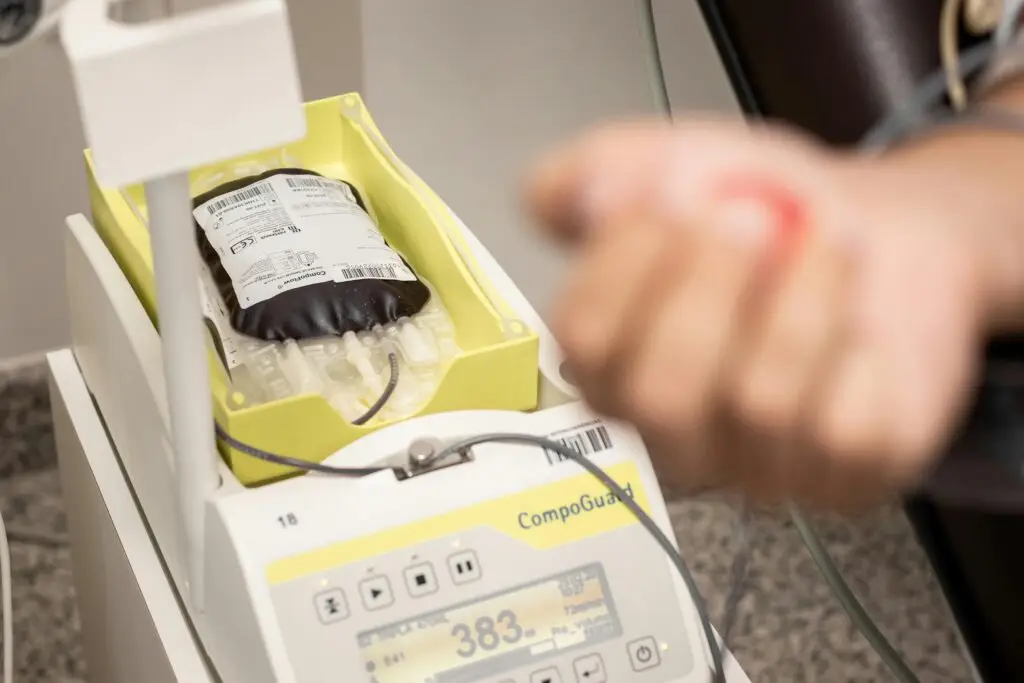Introduction to Stomas
A stoma is an artificial opening created in the colon (colostomy) or small intestine (ileostomy) to divert feces and flatus outside the abdomen. This allows waste to be collected in an external appliance. Stomas can be temporary or permanent, depending on the medical necessity.
Types of Stomas
1. Colostomy
- Definition: A colostomy is an artificial opening in the colon, typically created on the left side of the abdomen.
- Purpose: Diverts fecal matter to an external appliance.
- Types:
- End Colostomy: Created when the end of the colon is brought through the abdominal wall.
- Loop Colostomy: A loop of colon is exteriorized, and an incision is made to create two openings (proximal and distal).
- End-Loop Colostomy: Combines features of both end and loop colostomies.
- Preferred Location: Left-sided or sigmoid colostomies are preferred due to the consistency of output and ease of care.
- Maturation: Colostomies are often matured in a Brooke fashion to create a protruding stoma, which is easier to pouch.
- Distal Bowel Management:
- The distal bowel may be brought through the abdominal wall as a mucus fistula or left intra-abdominally as a Hartmann’s pouch.
- Tacking the distal end of the colon to the abdominal wall or tagging it with permanent suture can make identification easier if the colostomy is closed later.
2. Ileostomy
- Definition: An ileostomy is an artificial opening in the small intestine (ileum).
- Purpose: Diverts liquid intestinal contents to an external appliance.
- Types:
- End Ileostomy: Created after a subtotal colectomy or panproctocolectomy. The ileum is brought through the rectus abdominis muscle.
- Loop Ileostomy: Often used to defunction a low rectal anastomosis or ileal pouch. A knuckle of ileum is exteriorized, and a spout is created on the proximal side.
- Preferred Location: Usually sited in the right iliac fossa.
- Maturation: Ileostomies are spouted (projecting 2–4 cm from the skin surface) to prevent skin irritation from liquid effluent.
Key Differences Between Colostomy and Ileostomy
| Feature | Colostomy | Ileostomy |
|---|---|---|
| Location | Left iliac fossa | Right iliac fossa |
| Effluent Consistency | Solid or semi-solid | Liquid |
| Electrolyte Issues | Less common | More common |
| Odor | More pronounced | Less pronounced |
| Skin Irritation | Less common | More common |
Stoma Creation Techniques
1. Colostomy Creation
- Procedure:
- An abdominal wall defect is created, and the colon is mobilized through it.
- The stoma is matured in a Brooke fashion to create a protruding stoma.
- The distal bowel may be left as a mucus fistula or as a Hartmann’s pouch.
- Closure: Traditionally requires a laparotomy, but minimally invasive techniques are increasingly used.
2. Ileostomy Creation
- Procedure:
- The ileum is brought through the rectus abdominis muscle.
- A spout is created to project 2–4 cm above the skin surface.
- The stoma is secured with absorbable sutures to prevent retraction.
- Closure: Technically challenging, especially if dense adhesions are present.
Complications of Stomas
1. General Stoma Complications
- Skin Irritation: More common with ileostomies due to liquid effluent.
- Prolapse: More common with loop colostomies.
- Retraction: Can lead to difficulty in maintaining an appliance seal.
- Ischemia: May occur due to impaired blood supply.
- Stenosis: Narrowing of the stoma, requiring revision.
- Parastomal Hernia: Common late complication, often requiring surgical repair.
- Bleeding: Can occur at the stoma site.
- Fistulation: Abnormal connections between the stoma and surrounding tissues.
2. Colostomy-Specific Complications
- Necrosis: May occur due to impaired vascular supply.
- Obstruction: Uncommon but possible.
- Prolapse: More common with loop colostomies.
- Parastomal Hernia: Requires repair if symptomatic.
3. Ileostomy-Specific Complications
- Fluid and Electrolyte Imbalance: Due to high output of liquid effluent.
- Dehydration: Common if output exceeds 1.5 liters per day.
- Prolapse, Retraction, Stenosis: Similar to colostomy complications but more problematic due to liquid effluent.
Management of Stoma Complications
1. Skin Irritation
- Prevention: Use of modern appliances and proper stoma care.
- Treatment: Topical creams and barrier products.
2. Prolapse
- Treatment: Local revision if symptomatic or causing pouching issues.
3. Parastomal Hernia
- Repair: Often requires mesh or relocation of the stoma.
- Recurrence: High risk with simple suture repair.
4. Stenosis/Retraction
- Treatment: Local revision if symptomatic or causing appliance seal issues.
5. Fluid and Electrolyte Imbalance
- Management: Intravenous therapy and monitoring of output.
Functional Outcomes and Quality of Life
1. Colostomy
- Function: Generally good, with fewer electrolyte disturbances compared to ileostomy.
- Skin Irritation: Less common due to solid effluent.
2. Ileostomy
- Function: High risk of fluid and electrolyte imbalances.
- Adaptation: Stools thicken over weeks to months, but output remains high.
3. Ileal Pouch–Anal Anastomosis (IPAA)
- Function: Patients may experience 8–10 bowel movements per day.
- Complications: Pouchitis, nocturnal incontinence, and small bowel obstruction.
- Pouchitis: Treated with antibiotics, salicylate, or corticosteroid enemas.
Conclusion
Stomas, whether colostomies or ileostomies, are essential surgical interventions for diverting fecal matter. Each type has its own set of indications, complications, and management strategies. Proper preoperative counseling, stoma site marking, and postoperative care are crucial for minimizing complications and improving patient quality of life.

